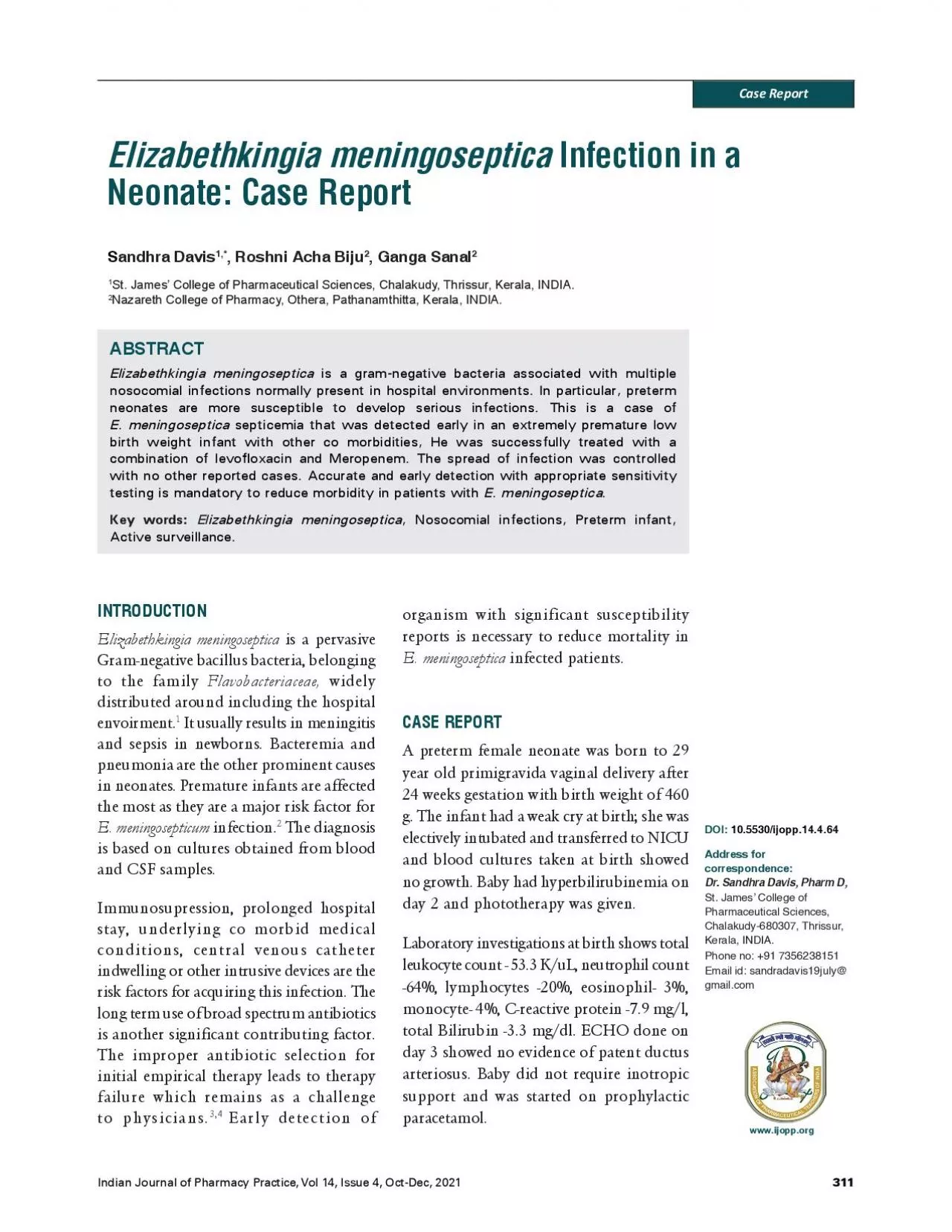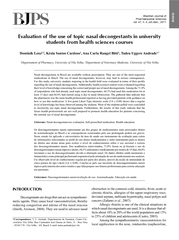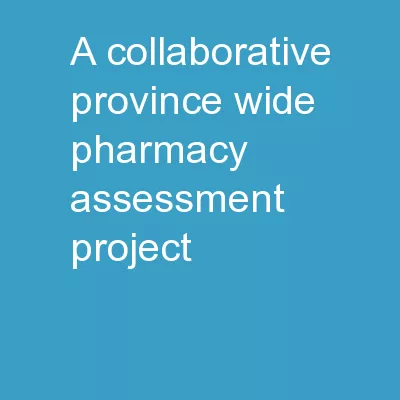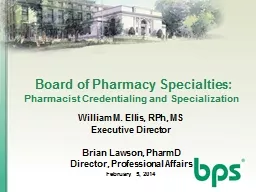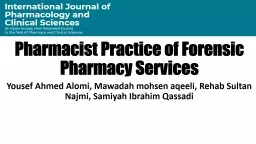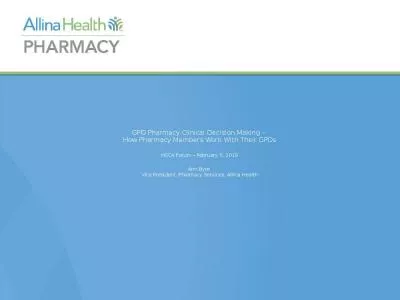PDF-Indian Journal of Pharmacy Practice Vol 14 Issue 4 OctDec 2021
Author : ceila | Published Date : 2022-09-07
311 DOI 105530ijopp14464 Address for correspondence Dr Sandhra Davis Pharm D St James146 College of Pharmaceutical Sciences Chalakudy680307 Thrissur Kerala INDIA Phone
Presentation Embed Code
Download Presentation
Download Presentation The PPT/PDF document "Indian Journal of Pharmacy Practice Vol ..." is the property of its rightful owner. Permission is granted to download and print the materials on this website for personal, non-commercial use only, and to display it on your personal computer provided you do not modify the materials and that you retain all copyright notices contained in the materials. By downloading content from our website, you accept the terms of this agreement.
Indian Journal of Pharmacy Practice Vol 14 Issue 4 OctDec 2021: Transcript
Download Rules Of Document
"Indian Journal of Pharmacy Practice Vol 14 Issue 4 OctDec 2021"The content belongs to its owner. You may download and print it for personal use, without modification, and keep all copyright notices. By downloading, you agree to these terms.
Related Documents

